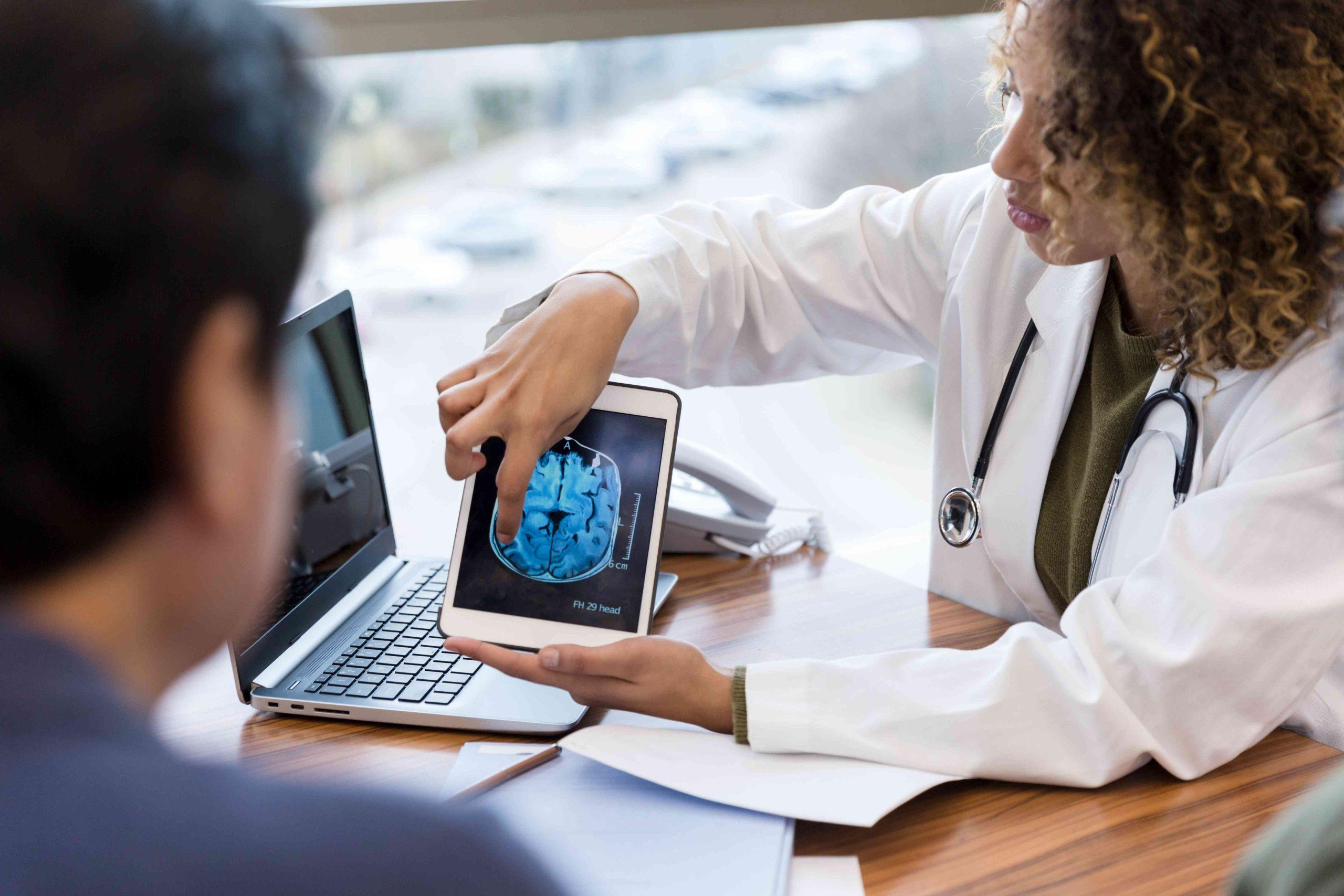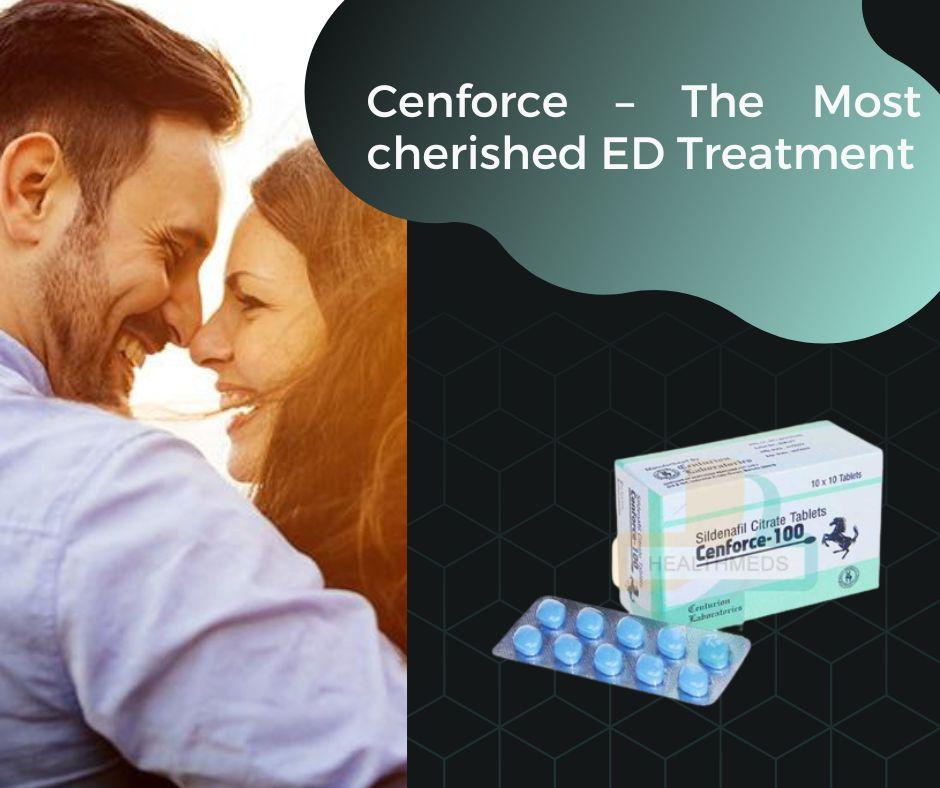Repetitive Transcranial Magnetic Stimulation (rTMS) is a non-invasive treatment option for depression that has gained popularity in recent years. It offers a unique approach to managing depression, especially for those who have not found relief with traditional methods. Here are six key differences between rTMS depression treatment and traditional depression treatments like medication and psychotherapy.
1. Method of Action
rTMS Depression Treatment: rTMS uses magnetic fields to stimulate nerve cells in specific brain regions associated with mood regulation. A magnetic coil against the scalp delivers pulses that enhance brain activity in underactive areas. This stimulation helps reset the neural circuitry, improving mood and reducing depression symptoms. The process targets the prefrontal cortex, an area often linked to depression.
Traditional Treatments: Medications, such as antidepressants, work by altering the brain’s chemical balance. They affect neurotransmitters like serotonin, norepinephrine, and dopamine to improve mood. Psychotherapy involves talking with a mental health professional to address emotional and psychological issues, helping patients develop coping strategies, and understanding their condition.
The non-invasive nature of rTMS directly targets brain circuits without altering chemical balances throughout the body, offering a different approach to treating depression. This targeted action helps to minimize systemic side effects, making rTMS an appealing option for many patients.
2. Side Effects
rTMS: The side effects of rTMS are generally mild and include headaches and scalp discomfort. These symptoms usually decrease over time and are easily managed. Some patients may experience lightheadedness or tingling sensations, which are typically temporary. The absence of systemic side effects makes rTMS a favorable choice for those who cannot tolerate the side effects of medications.
Traditional Treatments: Antidepressants can cause various side effects, such as weight gain, sexual dysfunction, nausea, and insomnia. These side effects often persist as long as the medication is taken, and in some cases, they can be severe enough to discourage continued use. Psychotherapy has minimal physical side effects but can sometimes bring emotional distress as patients confront difficult issues.
rTMS offers a treatment option with fewer and fewer severe side effects than medications, making it an attractive alternative for many patients. Its noninvasive nature and limited side effects enhance patient compliance and the overall treatment experience.
3. Treatment Duration
rTMS: A typical rTMS treatment course involves 4-6 weeks of daily sessions, each lasting 20-40 minutes. The cumulative effect of the repeated sessions leads to long-lasting improvements in symptoms. This intensive but short-term treatment approach allows for significant symptom relief within a relatively brief period.
Traditional Treatments: Antidepressants usually need to be taken daily for an extended period, often months or years. Psychotherapy sessions typically occur weekly or bi-weekly over several months or longer. The ongoing nature of these treatments requires a long-term commitment from patients.
The shorter, intensive treatment period of rTMS can provide faster relief than the longer-term commitment required for traditional therapies. Patients often appreciate the quick onset of benefits and the potential for lasting improvements after completing the treatment course.
4. Effectiveness for Treatment-Resistant Depression
rTMS: rTMS is particularly effective for individuals who have not responded to traditional treatments. Studies show significant improvement in patients with treatment-resistant depression after undergoing rTMS. The therapy provides an alternative pathway by directly stimulating brain areas that are underactive in depression, offering hope to those who have tried multiple medications and therapies without success.
Traditional Treatments: Some patients do not respond to antidepressants or psychotherapy, even after trying multiple types and combinations of treatments. Treatment-resistant depression can be challenging to manage, and patients often experience prolonged suffering.
For those with treatment-resistant depression, rTMS offers new hope when other methods have failed, providing relief through a different mechanism of action. The ability to offer significant improvements where other treatments have not succeeded makes rTMS a valuable tool in the treatment arsenal.
5. Mode of Administration
rTMS: rTMS is administered in an outpatient setting, requiring no anesthesia or sedation. Patients can resume normal activities immediately after each session. The non-invasive nature means no recovery time, and patients can easily fit treatments into their daily schedules. The procedure involves sitting comfortably in a chair while the magnetic coil delivers pulses to the targeted brain regions.
Traditional Treatments: Medications are taken orally at home, while psychotherapy requires regular visits to a therapist’s office. Some severe cases may require inpatient treatment or electroconvulsive therapy (ECT), which involves anesthesia and more intensive medical oversight.
The convenience and non-invasiveness of rTMS make it a practical option for many patients, fitting easily into their daily routines without major disruptions. This ease of administration enhances patient adherence to the treatment protocol and overall satisfaction.
6. Long-Term Benefits
rTMS: The benefits of rTMS can be long-lasting, with many patients experiencing symptom relief for months or even years after completing the treatment course. Booster sessions can help maintain these benefits. Research indicates that rTMS can lead to sustained mood and quality of life improvements, reducing the need for ongoing treatment.
Traditional Treatments: Continuous medication use is often necessary to maintain benefits, and stopping medication can lead to relapse. Long-term psychotherapy also requires ongoing commitment, and some patients may need maintenance sessions to prevent the recurrence of symptoms.
rTMS offers the potential for sustained improvement with a finite treatment period, reducing the need for ongoing medication or therapy. This long-term benefit can improve overall quality of life and reduce dependence on continuous treatment interventions.
Conclusion
rTMS offers a promising alternative to traditional depression treatments, with fewer side effects, shorter treatment durations, and effectiveness for treatment-resistant cases. For more information on rTMS therapy, visit Salience Neuro. Understanding the differences between rTMS depression treatment and traditional methods helps you make an informed decision about your mental health care. Whether seeking transcranial magnetic stimulation providers or exploring new treatment avenues, rTMS may provide the relief you need for a brighter future.





